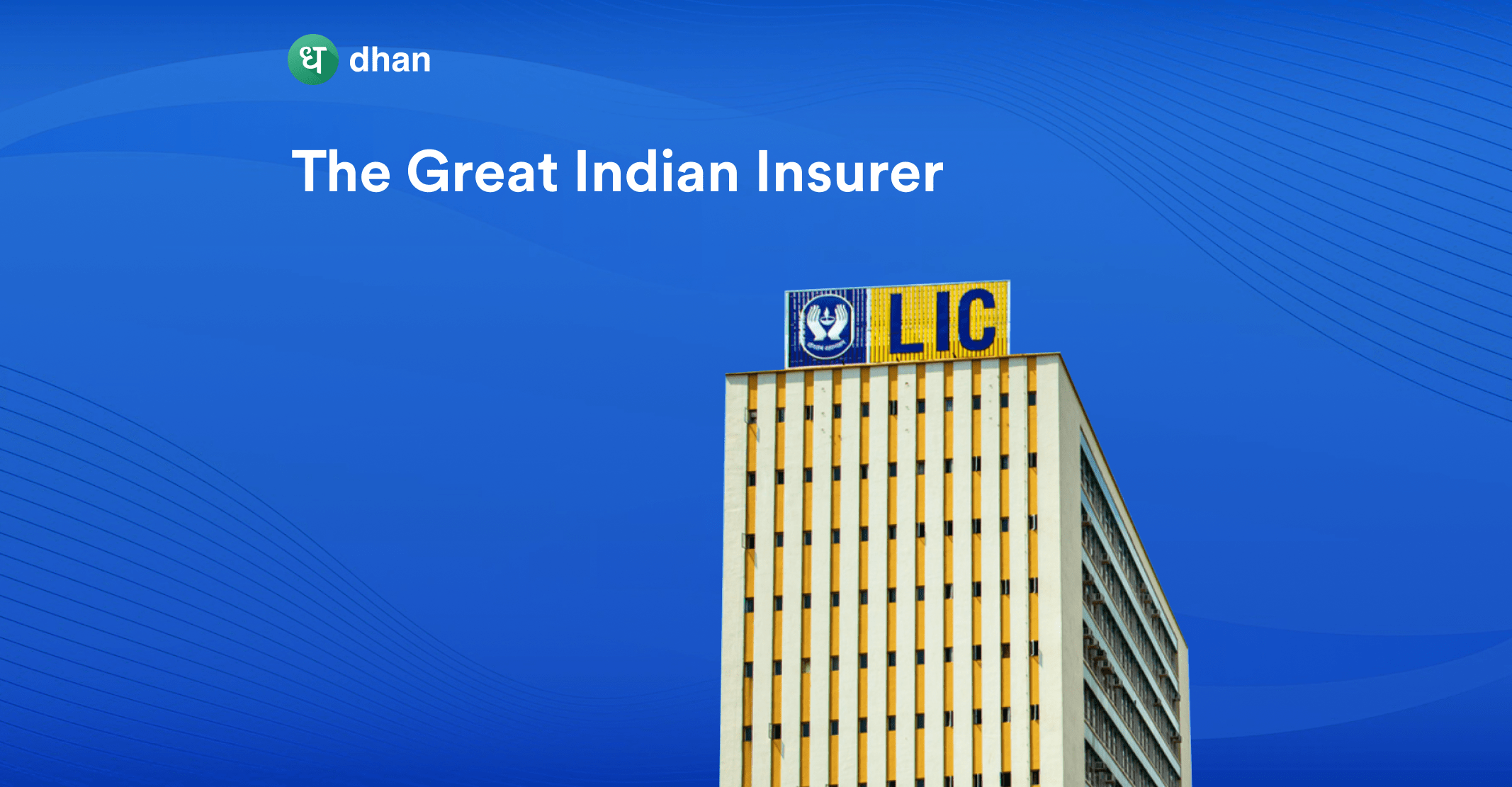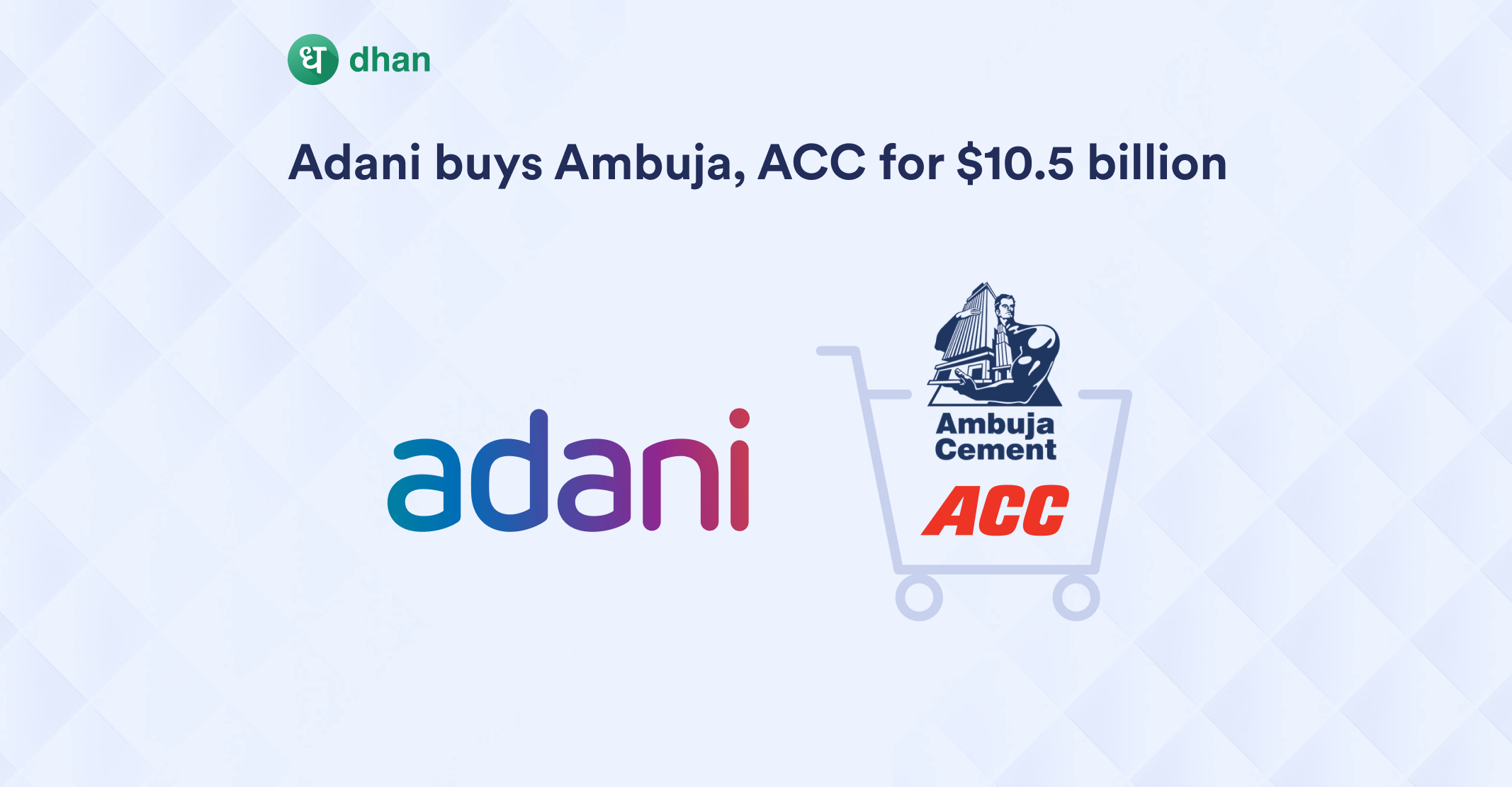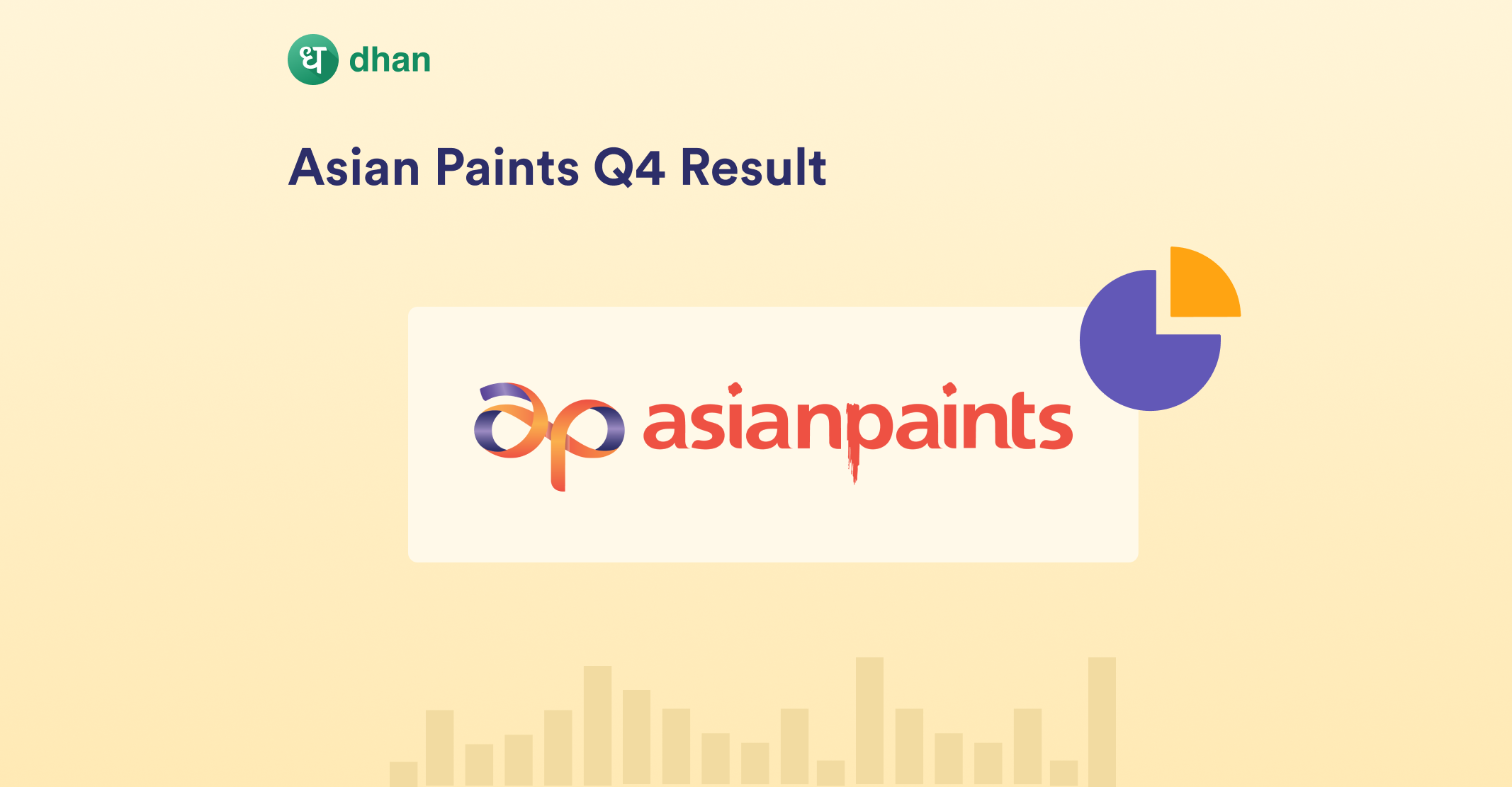“Yogakshemam Vahamyaham” – Your welfare is our Responsibility
Zindagi ke sath bhi, Zindagi ke baad bhi…
Life Insurance Corporation of India
Before talking about the beginning of LIC, lets begin with the history of Insurance.
Insurance is an important financial tool. It can help you live life with less worries knowing you will receive financial assistance after a disaster or accident, helping you recover faster.
In the ancient world, the first forms of insurance were recorded by the Babylonian and Chinese traders. To limit the loss of goods, merchants would divide their items among various ships that had to cross treacherous waters.
One of the first documented loss limitation methods was noted in the Code of Hammurabi, which was written around 1750 BC.
Under this method, a merchant receiving a loan would pay the lender an extra amount of money in exchange for a guarantee that the loan would be canceled if the shipment were stolen.
LIC has the largest network of offices in India. It has eight zonal offices, 113 divisional offices, 74 customer zones, 2,048 branch offices and 1,546 satellite offices. Moreover, the insurer has 42,000 points at which policyholders can deposit premiums. It has roughly 13.5 lakh agents that sell its policies.
As of 30 September 2021, LIC had around 25 crore policyholders and had a net profit of Rs. 1,437 crore in the first half of 2021-22.
Let’s see how LIC became a household name in India:-
The Early Era of Insurance in India
Life Insurance came to India from England in its modern form in 1818. The first Life Insurance company in India was started by Europeans in Calcutta as Oriental Life Insurance Company.
Earlier, all the insurance companies established during that period of time were just focusing on the needs of the Europeans only and Indian natives were not being insured by these companies. With the efforts of eminent people, the foreign life insurance companies started insuring Indian lives. But Indian lives were considered substandard lives and levy heavy extra premiums.
The Swadeshi movement of 1905-1907 gave rise to more insurance companies. Bharat Insurance Company, established in 1896 was also one of such companies inspired by nationalism. Prior1912, India had no legislation to regulate insurance business then in 1912, the Life Insurance Companies Ac and the Provident Fund Act were passed. But, the act favored foreign companies and put Indian companies at a disadvantage.
How was LIC created?
In the beginning of the twentieth century, there were only 44 companies with total business of Rs. 22.44 crores then, the insurance business grew multifolds and reached upto 176 companies doing business of around 300 crores by 1938. Then, to get a strict control over the insurance business, The Insurance Act 1938 was implemented, this was the first legislation covering not only life insurance but also non-life insurance.
In 1944, there was a huge demand to nationalize the insurance business created a movement when a bill to amend the 1938 Life Insurance Act was introduced in the legislative assembly. But Life Insurance in India was nationalized much later in January 1956. At the time of nationalization of the insurance industry around 156 Indian Insurance companies, 16 non-Indian companies and 75 provident companies were operating.
The Parliament of India issued the LIC Act on 19 June 1956, and Life Insurance Corporation of India was established on 1st September 1956.
Nationalization of the insurance industry was accomplished in 2 stages. Initially by means of an ordinance the management of the company was taken over and later the ownership was taken by a Comprehensive Bill.
LIC Today
Today LIC has 8 Zonal offices, 113 divisional offices, 1381 satellite offices and the corporate office. Along with this, the issuer has 42,000 points at which policyholders can deposit premiums. It is the Largest network of offices in India of any corporation.
LIC is totally owned by the government of India and is regulated by the Insurance Regulatory and Development Authority ( IRDA).
LIC’s AUMs are approximately Rs. 22 Trillion. LIC has always been on its toes to rescue many public sector banks and institutions which are overexposed to Liquidity and Solvency risks.
Growth of LIC
Since its establishment, the Life Insurance Corporation of India commanded a monopoly of soliciting and selling Life Insurance in India, created a huge surplus and by 2006 it was contributing 7% of Indian GDP.
In the beginning, the corporation started its business with 300 offices, 5.7 million policies and a corpus of Rs. 45.9 crores, which has grown up to 25,000 servicing around 350 million policies and a corpus of around Rs. 800,000 crores by the end of the 20th century.
10 Major Holdings of LIC
LIC holds 51% in IDBI Bank, making it the only insurer in India to own a bank, with 520 billion dollars in AUM. LIC is the largest Institutional Investor in the Indian market.
| Company Name | LIC Holding in the Company |
| IDBI Bank | 51% |
| ITC | 15.83% |
| L&T | 11.88% |
| NMDC | 14.16% |
| Rajesh Exports | 11.22% |
| Castrol India | 11.33% |
| JSW Steel | 6.06% |
| State Bank of India | 8.40% |
| Canara Bank | 8.83% |
| Reliance Industries | 6.13% |
You can also read about the LIC IPO to get more insight and understand the objectives, strengths and risks.
Happy Investing 😇
Disclaimer: This blog is not to be construed as investment advice. Trading and investing in the securities market carries risk. Please do your own due diligence or consult a trained financial professional before investing.




Comments are closed.